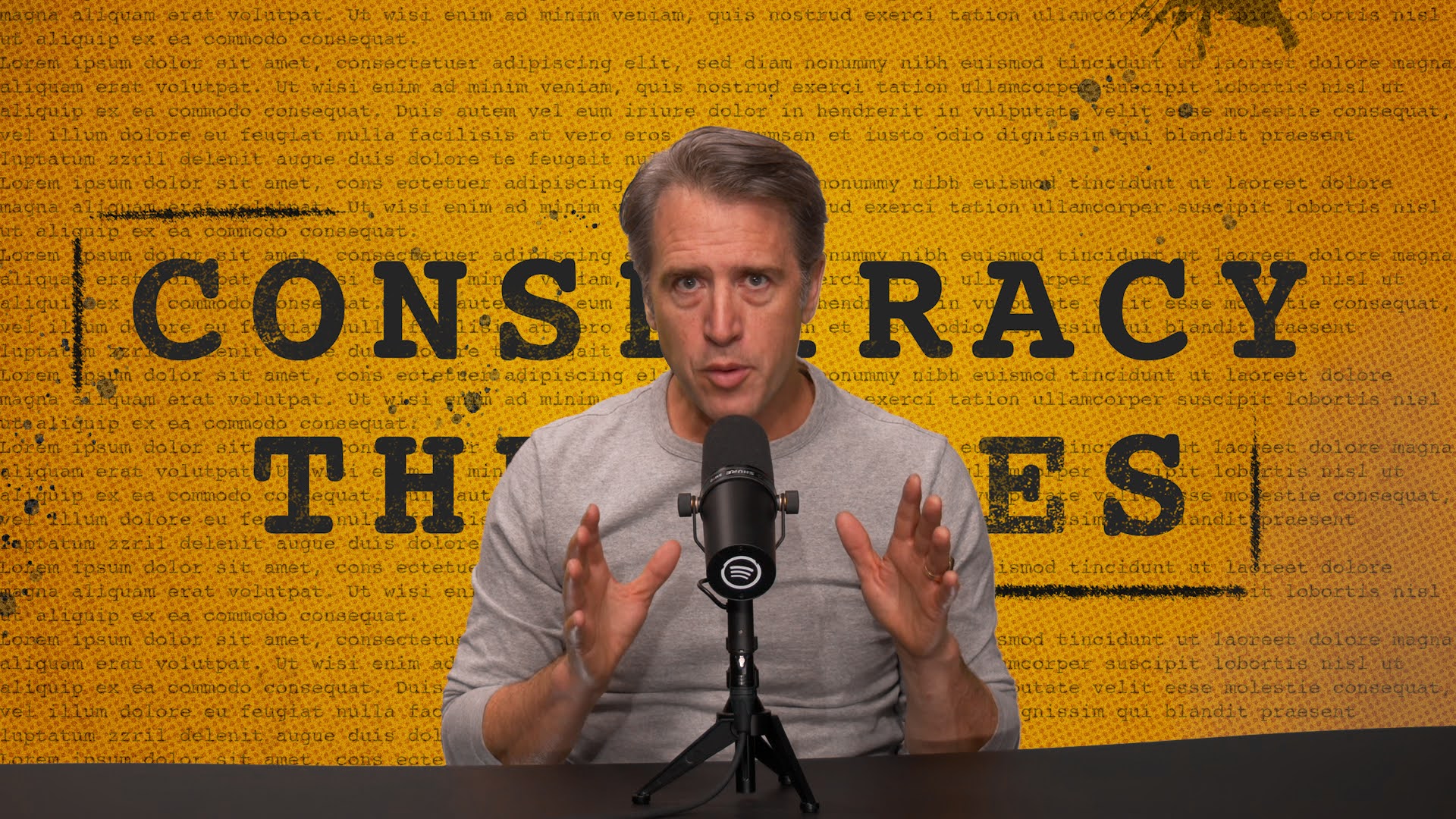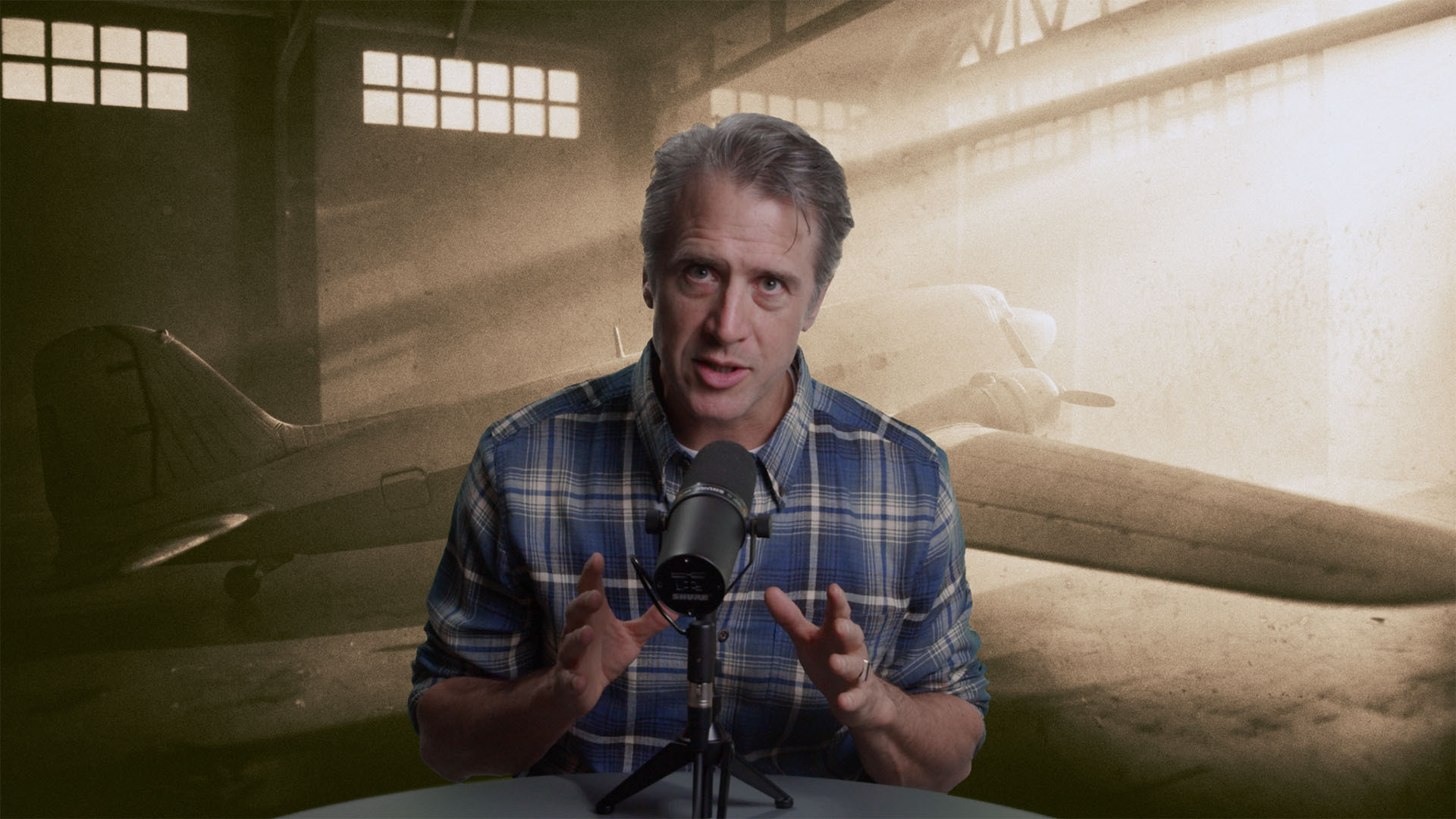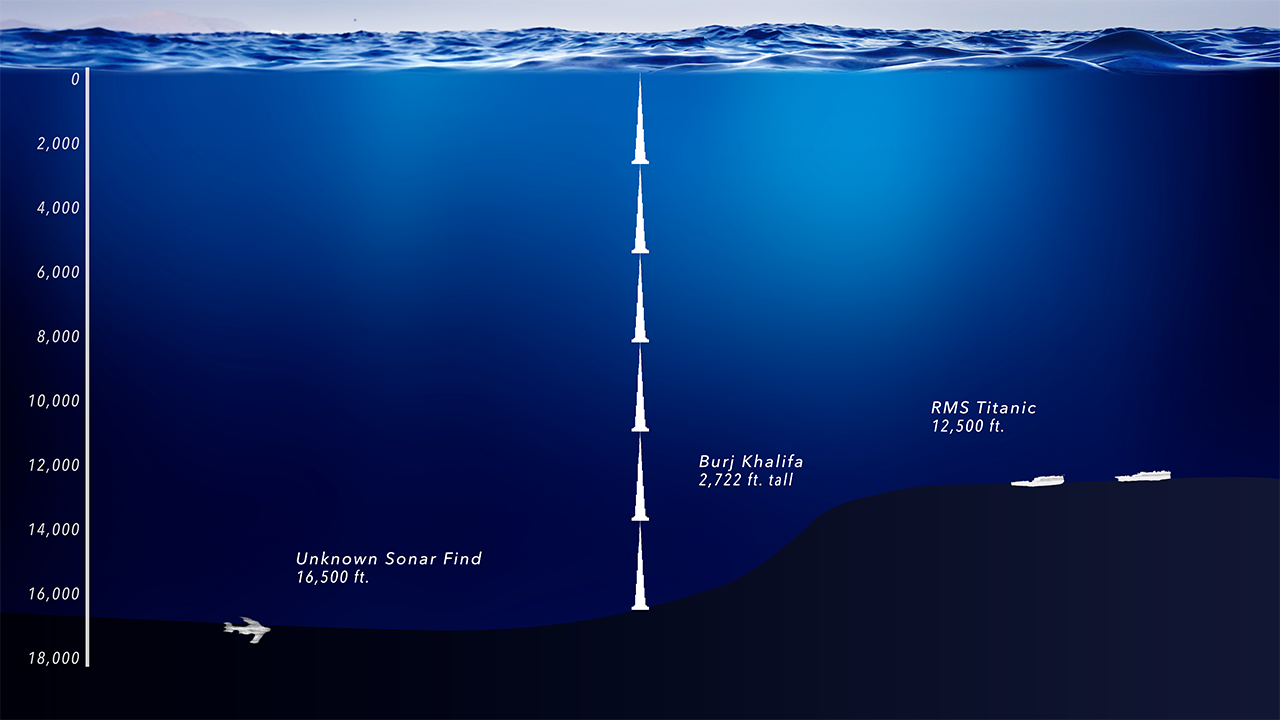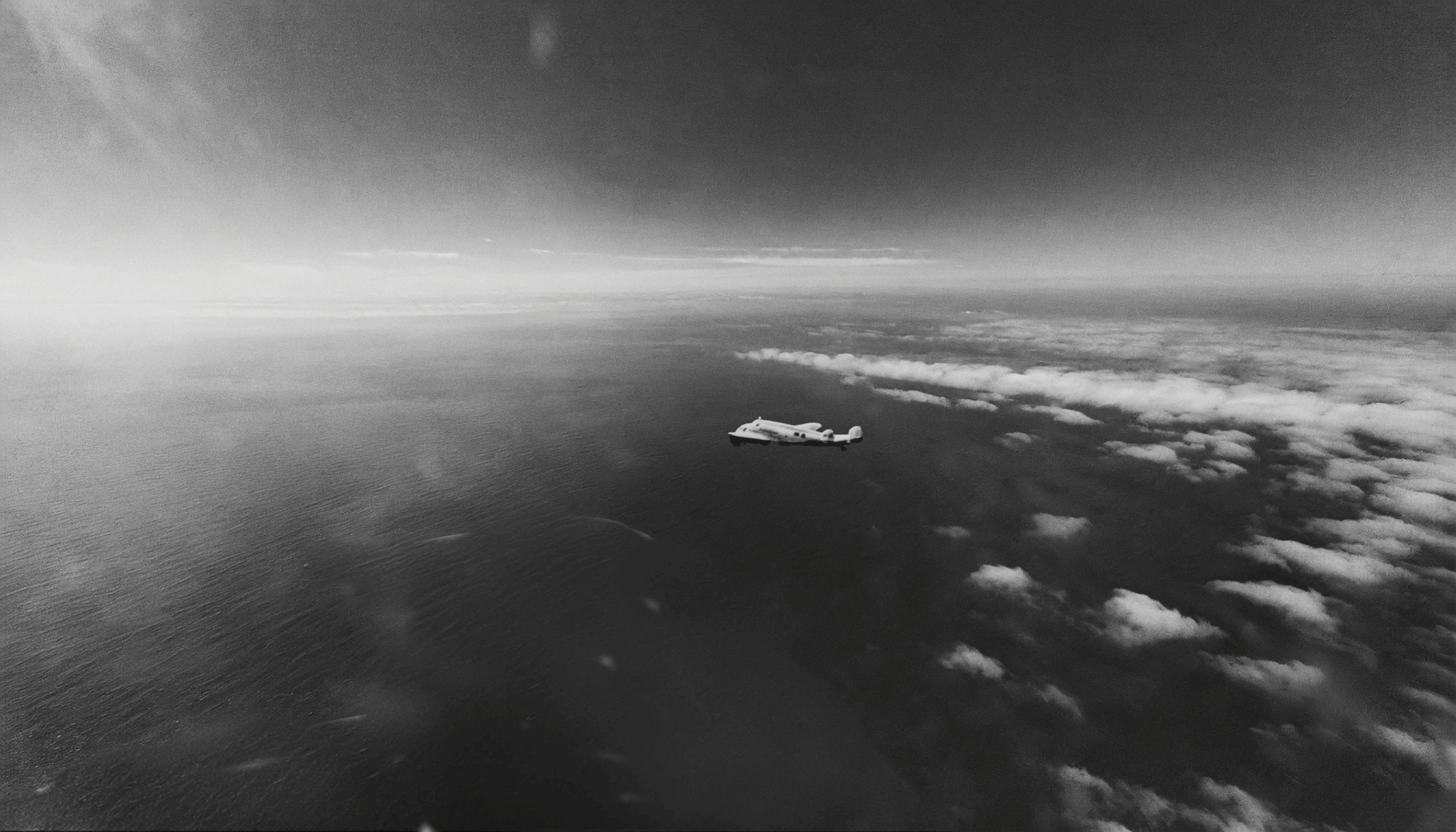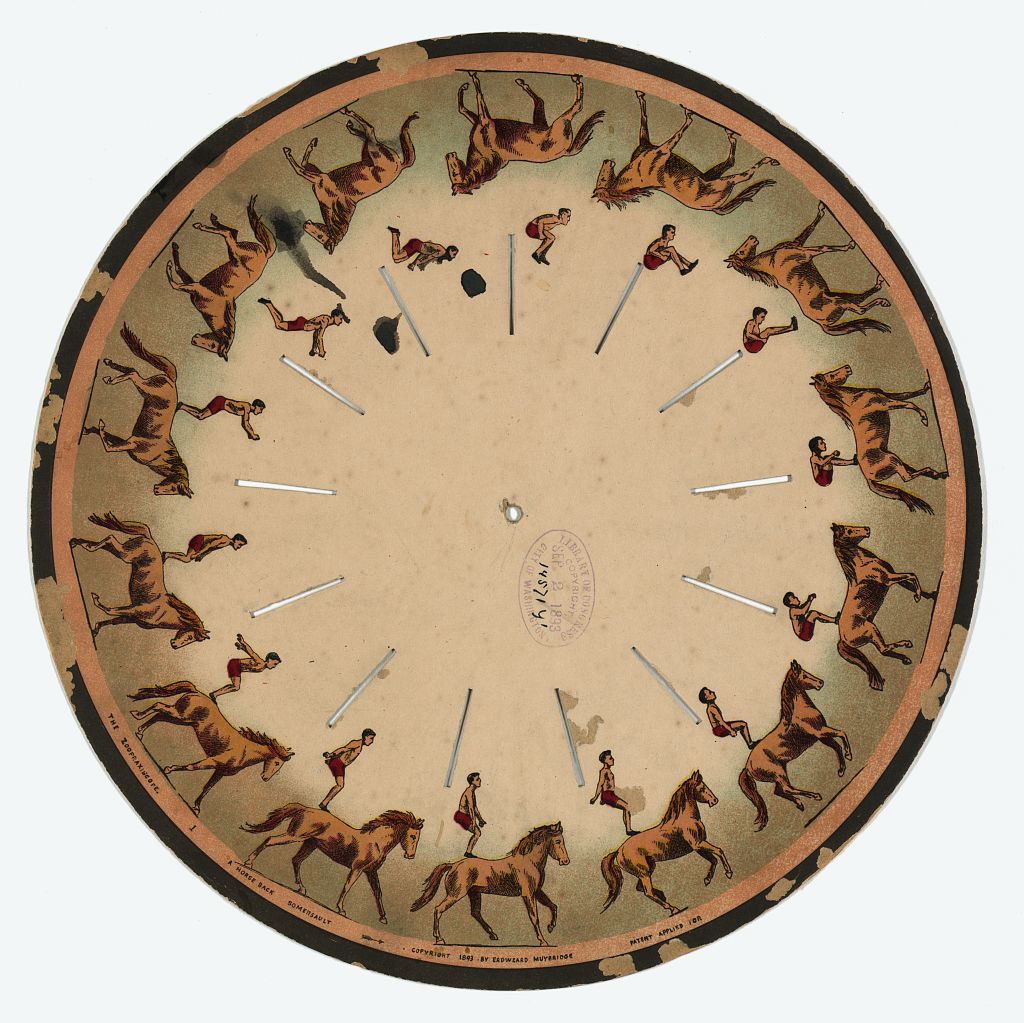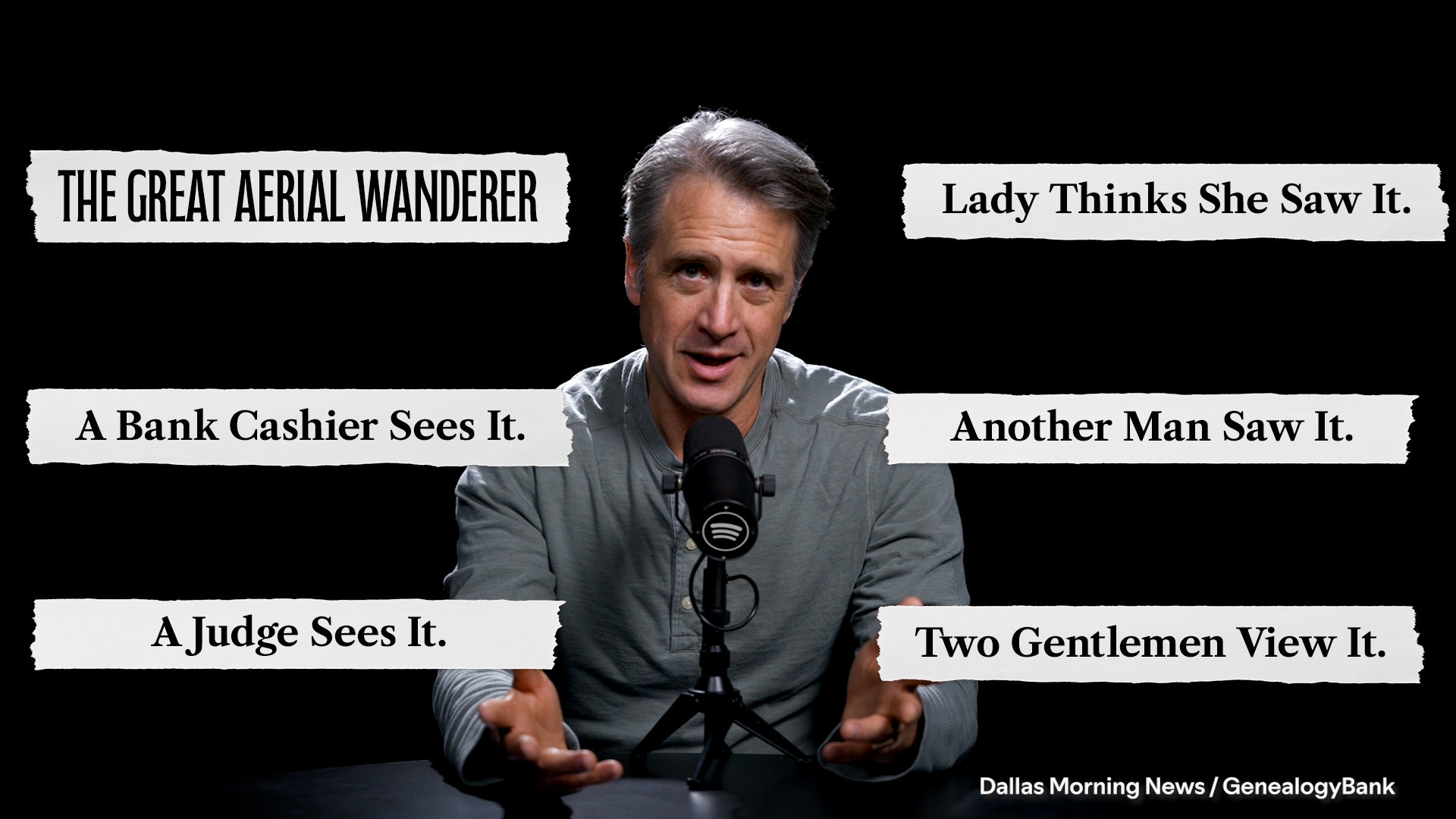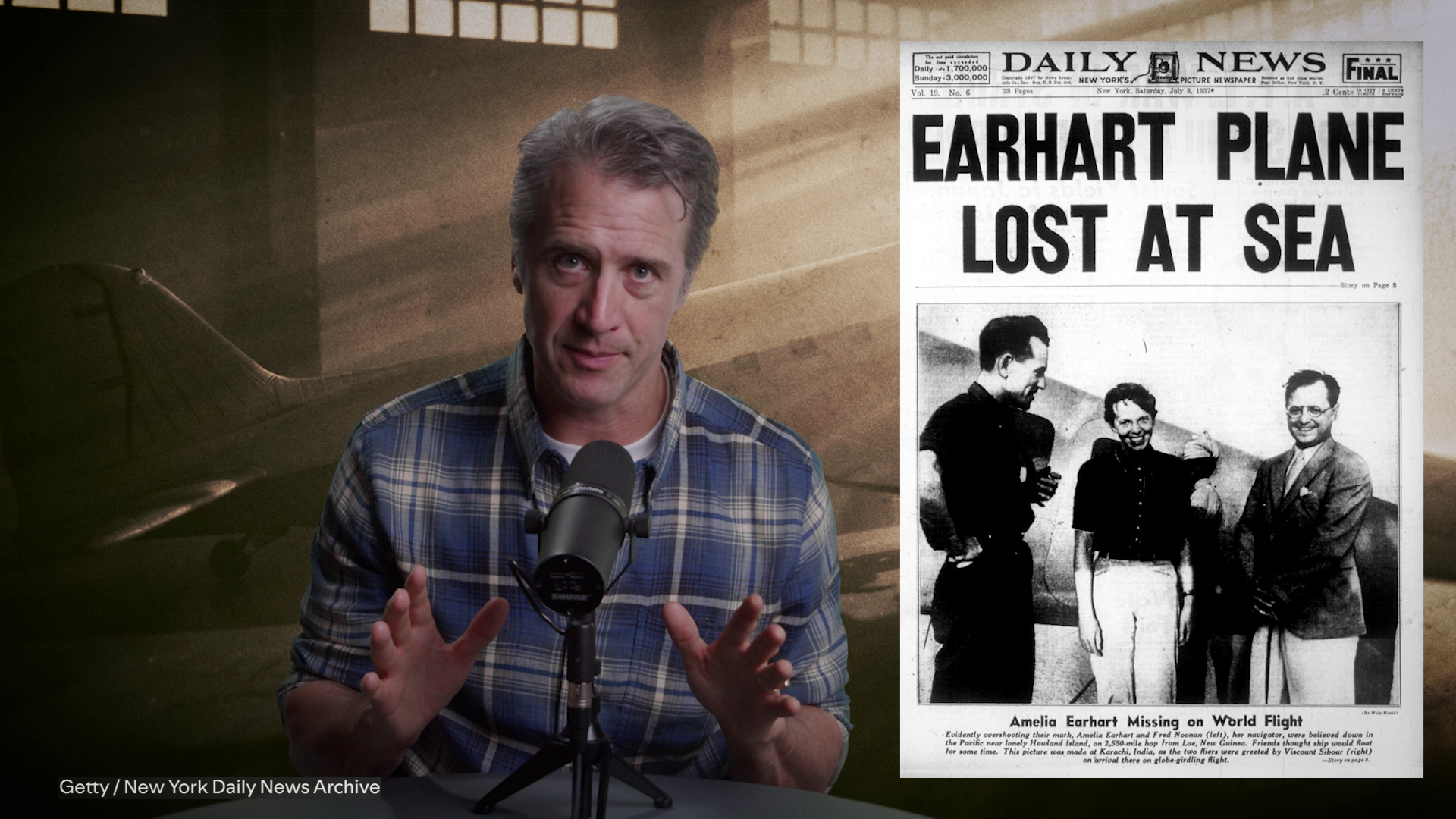Case Studies in
Video Podcasting
These case studies explore how I helped translate a top-ranked podcast into a compelling, visually driven experience, without losing what made the show work in the first place.
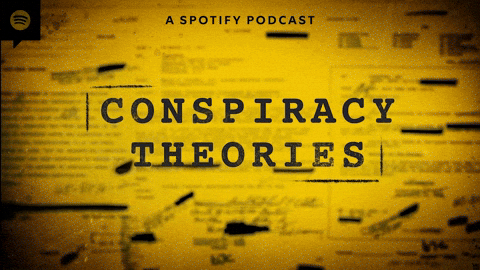
Spotify Studios
Establishing the visual identity
This episode of Conspiracy Theories explores how recent advances in imaging technology and underwater exploration may have solved one of the 20th century’s enduring mysteries:
What happened to Amelia Earhart on her around-the-world flight in 1939? And have we finally found her plane?
It was the third episode released in video format, but the first where the medium felt fully realized. The lighting, framing, and overall design marked the beginning of a new chapter for the feed.
Earhart’s global fame at the time of her disappearance meant there was an unusually rich archive of photographs and film to draw from. This allowed us to present her not as a distant historical figure, but as a vivid, living presence. An advantage that underscored what video could uniquely offer this podcast: a way to make the past feel immediate, human, and real.
Written and Researched by Connor Sampson & Micki Taylor
Fact-Checked by Haylee Millikan & Lori Segal
Sound Designed by Alex Button
Video Edited by Spencer Howard
Hosted by Carter Roy
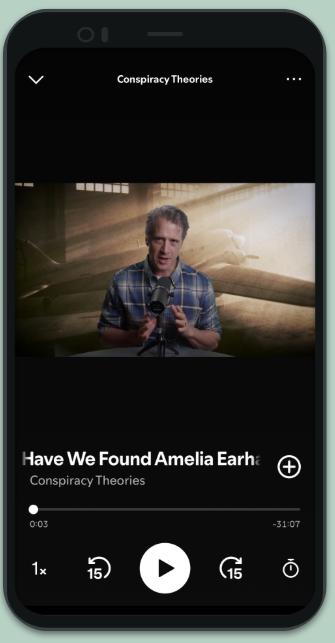
Spotify Studios
Lighting for atmosphere
The pilot episode was lit for safety: even and flat to accommodate green screen needs.
For the next stage in production, shown below, I introduced a classic three-point lighting setup to add cinematic depth and detail. This suited the episode’s somber and mysterious tone and ended up becoming the look for the series.
The background, an abandoned airplane hangar lit with dusty shafts of light, added a sense of scale and quiet grandeur. Fun fact: that airplane is less than a foot long! The photographer is a very talented modelmaker.
Visual storytelling tools
The narrative spans decades, continents, and competing theories. To orient viewers, I worked with the episode’s producers to built a visual toolkit:
- Animated flight paths and comparative maps
- Infographics of search zones and environmental conditions
- Visual comparisons that helped interpret complex evidence
Not just illustrative elements, they served a structural purpose, helping viewers track a sprawling story across physical space and historical time.
Spotify Studios
Press play
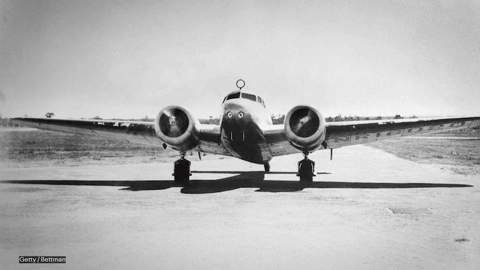
Spotify Studios
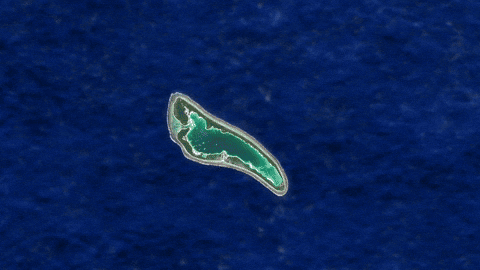
Spotify Studios
Supporting the tone
The sound design by Alex Button captured the vastness and isolation of the Pacific with elegance and restraint. I aimed to complement that mood visually, using color, rhythm, and composition to echo the episode’s central themes: distance, disappearance, and the unresolved.
To support that atmosphere, I worked with Carter, the show’s host, to find the ebb and flow of wonder, suspense, sorrow, and hope in his delivery. The goal was to hold the viewer in these feelings, not settle them.
In post, I reduced visual clutter, let archival footage breathe, and favored slow, deliberate pacing in cuts and motion graphics. Key visuals, like sonar scans or empty horizons, were given time to breathe.
Conspiracy Theories
By the Numbers
#1
Worldwide Rank,
History Podcasts
What the image makes possible
The story of Louis Le Prince, a pioneer of early motion pictures, was a joy to work on.
There’s a kind of magic in seeing these 137-year-old fragments of film: I wanted viewers to feel the immediacy of the artifacts as physical objects, but also to experience the surreal wonder that Victorians must have felt seeing moving pictures for the very first time.
Written & Researched by Chelsea Wood & Becky Tinker
Edited by Maggie Admire
Fact-Checked by Lori Segal
Video Edited & Sound Designed by Spencer Howard
Hosted by Carter Roy
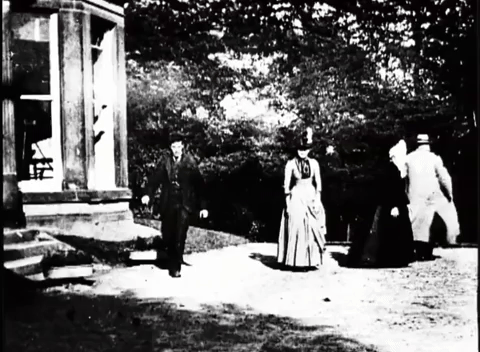
Louis Le Prince, 1888 / Public Domain
This episode is one of Conspiracy Theories’ most visually complex — fitting for a story about the invention of cinema itself.
Tone and texture
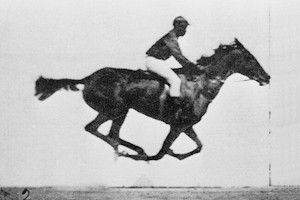
Eadweard Muybridge, 1887 / Public Domain
The tone of this episode drifts between wonder and unease. Le Prince’s films — flickering, ghostly, and strangely beautiful — invite awe. But his story is also defined by his mysterious disappearance on the eve of a career-defining exposition of his work.
Looming over all of this is the presence of Thomas Edison, whose legal battles would ultimately obscure Le Prince’s legacy.
Visually, I leaned into that contrast. Archival imagery was treated with a kind of reverence, lingering on those incredible textures and imperfections. The aim was to capture the fragile magic of early cinema while letting the story’s darker undertones creep in quietly.
Script to screen
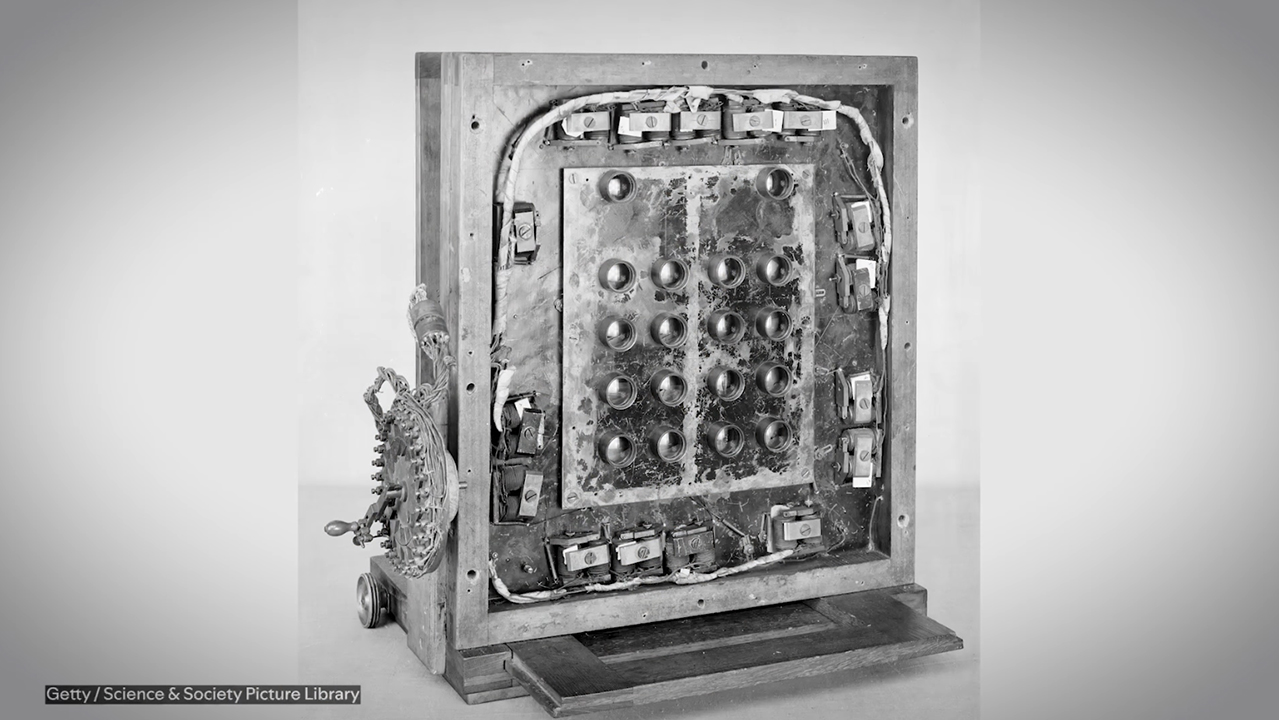
Spotify Studios
The script explored optical illusions, legal battles over patents, and multiple competing camera and projector prototypes. Certainly possible to convey in an audio format, but this felt like a story where images could do more than illustrate: they could clarify, propel, and surprise.
I closely collaborated with the producer to visualize key moments, from introducing a camera described as a contraption Tim Burton would’ve dreamed up, to explaining how a wager between racehorse owners was decided by a spinning plate of glass.
By the end, the number of visual assets had quadrupled from what was originally planned. Each addition served the pacing and deepened the mystery, pushing the format further than we’d gone before.
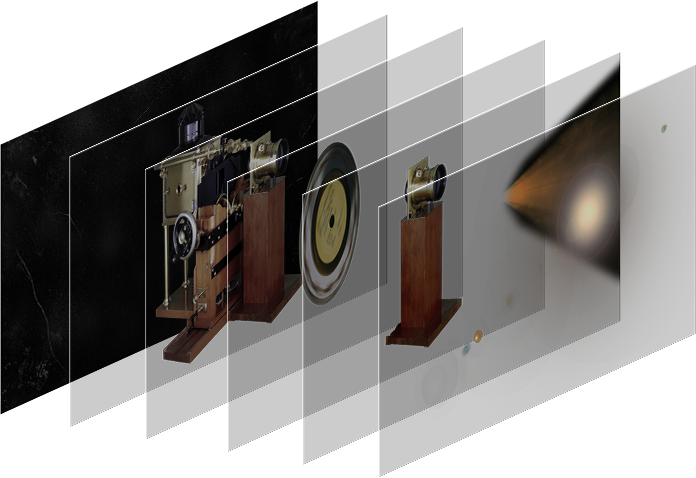
Behind the scenes of the Zoopraxiscope / Spotify Studios
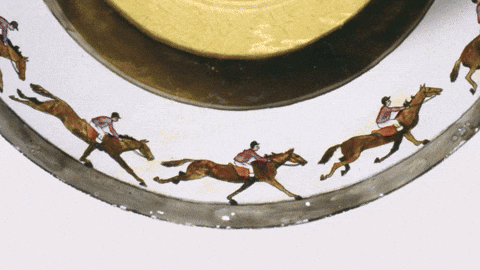
Final animation / Spotify Studios
A score for a lost history
I also sound designed this episode: a rare opportunity to work with the two languages of video podcasts at once.
I chose orchestral music to help evoke the script’s 19th-century setting. Several cues came from composers Le Prince might have heard in his own lifetime, including his fellow countryman Camille Saint-Saëns.
Subtle ambient layers hinted at something stranger beneath the surface, as well. The result supported the story’s prismatic tone — part wonder, part tragedy — and helped guide viewers through a history that never quite materialized.
You can preview the playlist here, or listen on Spotify.
Conspiracy Theories
By the Numbers
100 million+
Streams
A theory best seen
This episode explores the theory of the Tartarian Empire: a civilization erased from history, whose architectural masterpieces, believers claim, still stand hidden in plain sight. Unlike many conspiracy theories, no one dies, no one disappears, and, if anything, it’s fueled more by playful imagination rather than paranoia.
That spirit made it an ideal story for video. The towering columns, grand domes, and intricately carved stonework of Tartaria could be showcased directly, rather than described. The producer and I curated a stream of archival photos to give shape to the theory’s appeal and reveal its emotional core: wistful longing for the aesthetics of a time gone by.
Written & Researched by Hanna McIntosh
Edited by Micki Taylor & Chelsea Wood
Fact-Checked by Lori Segal
Video Edited & Sound Designed by Spencer Howard
Hosted by Carter Roy
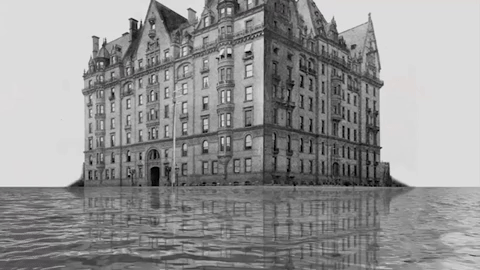
Spotify Studios
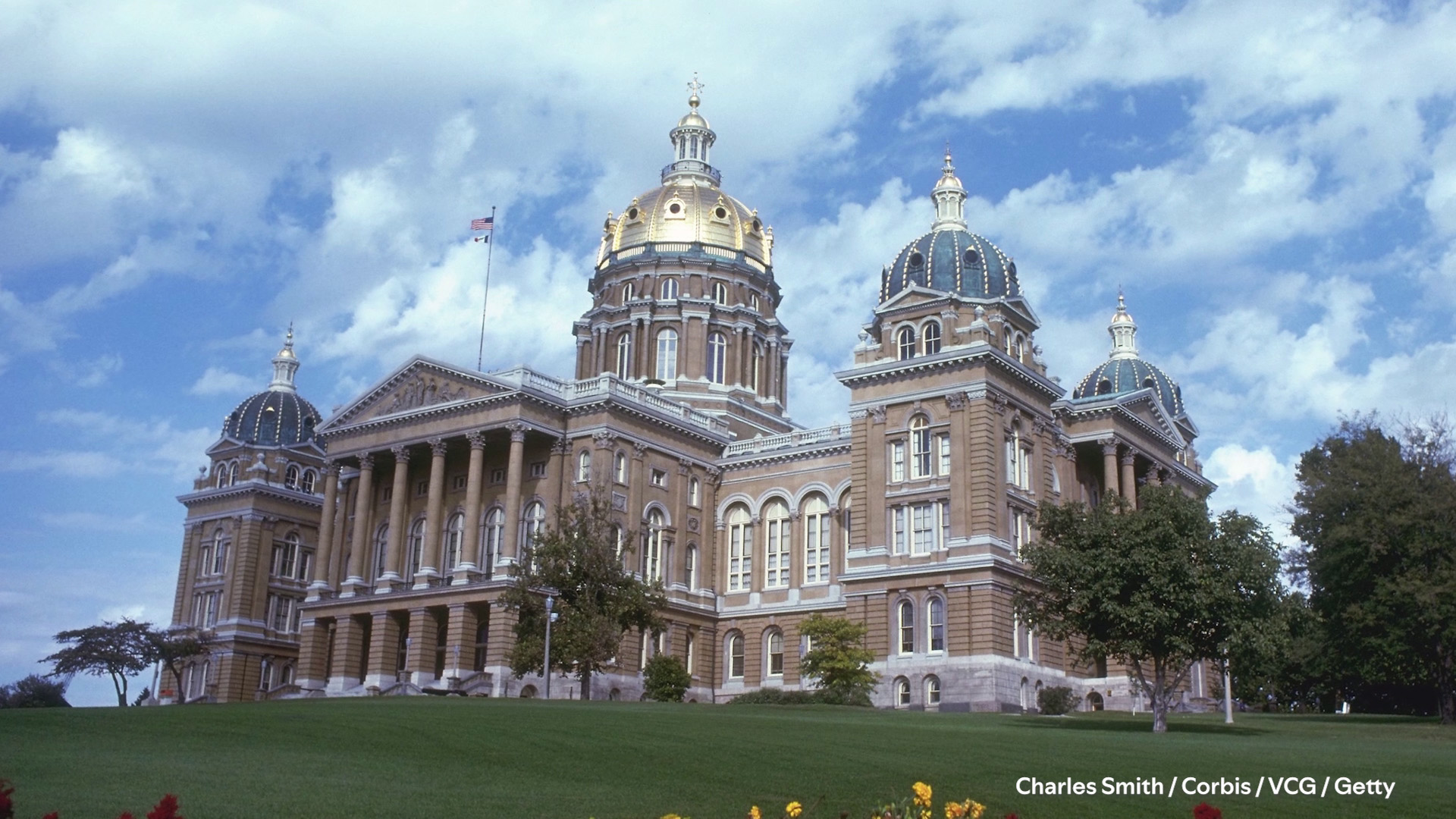
Spotify Studios
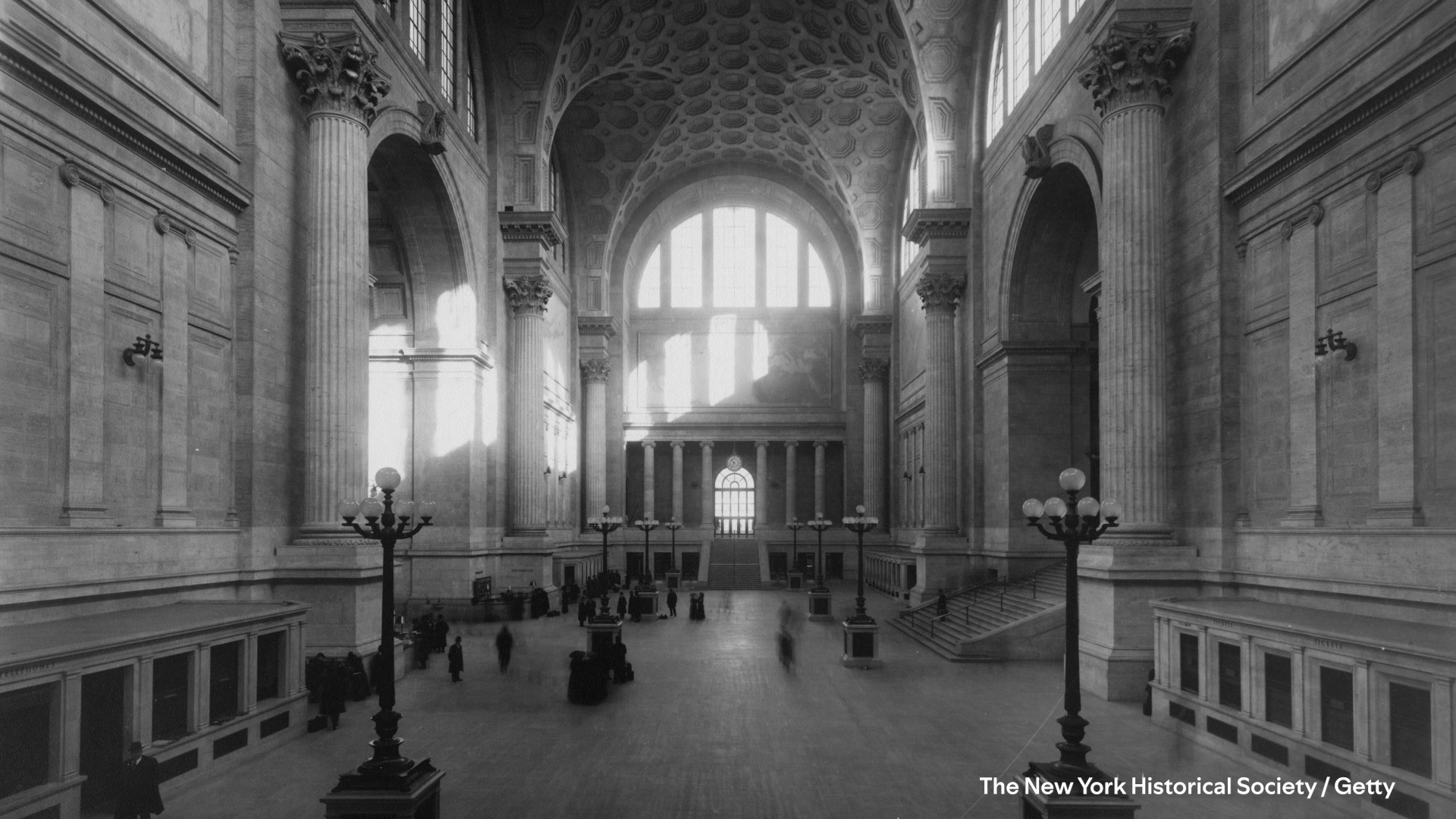
Spotify Studios
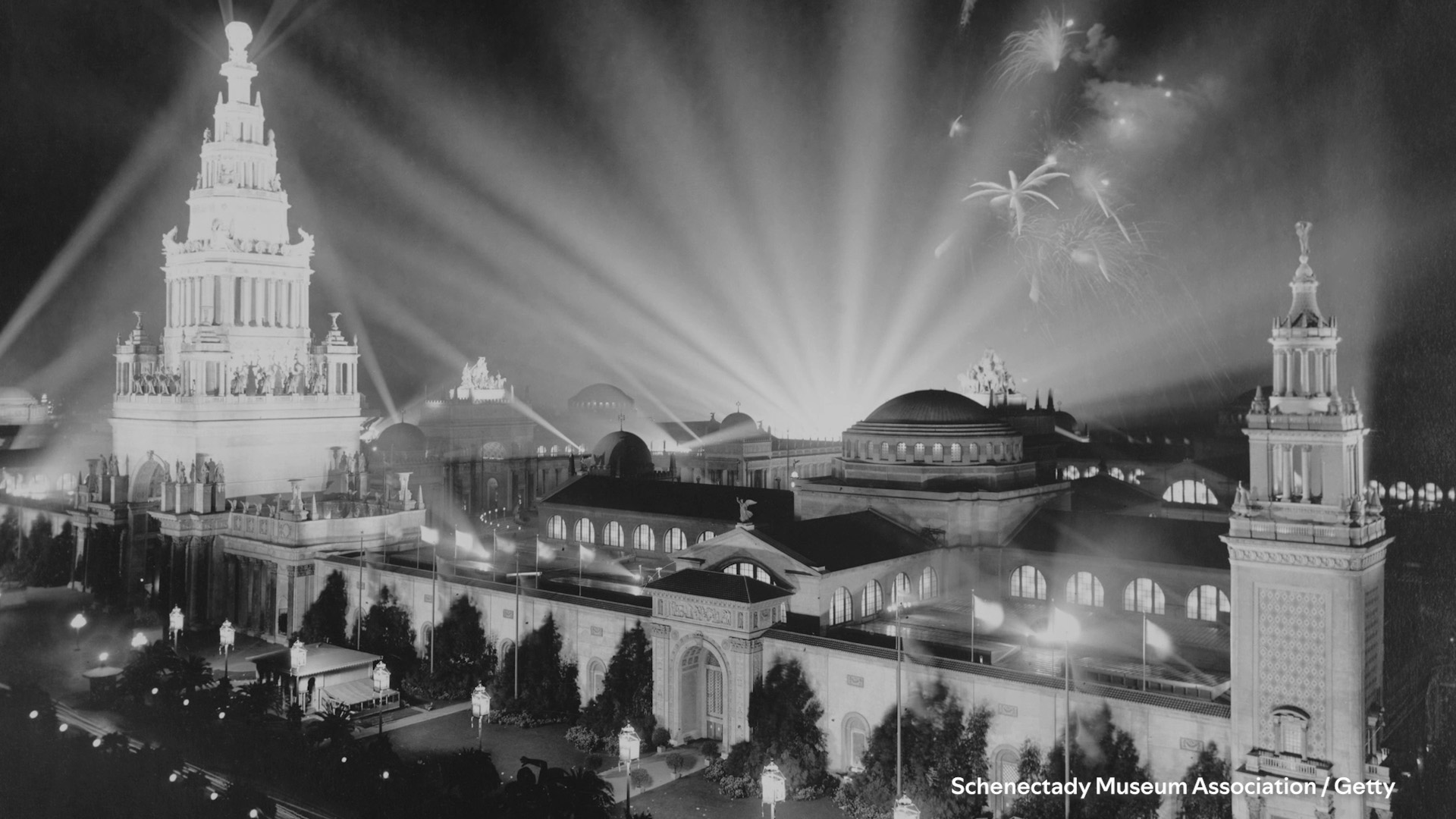
Spotify Studios
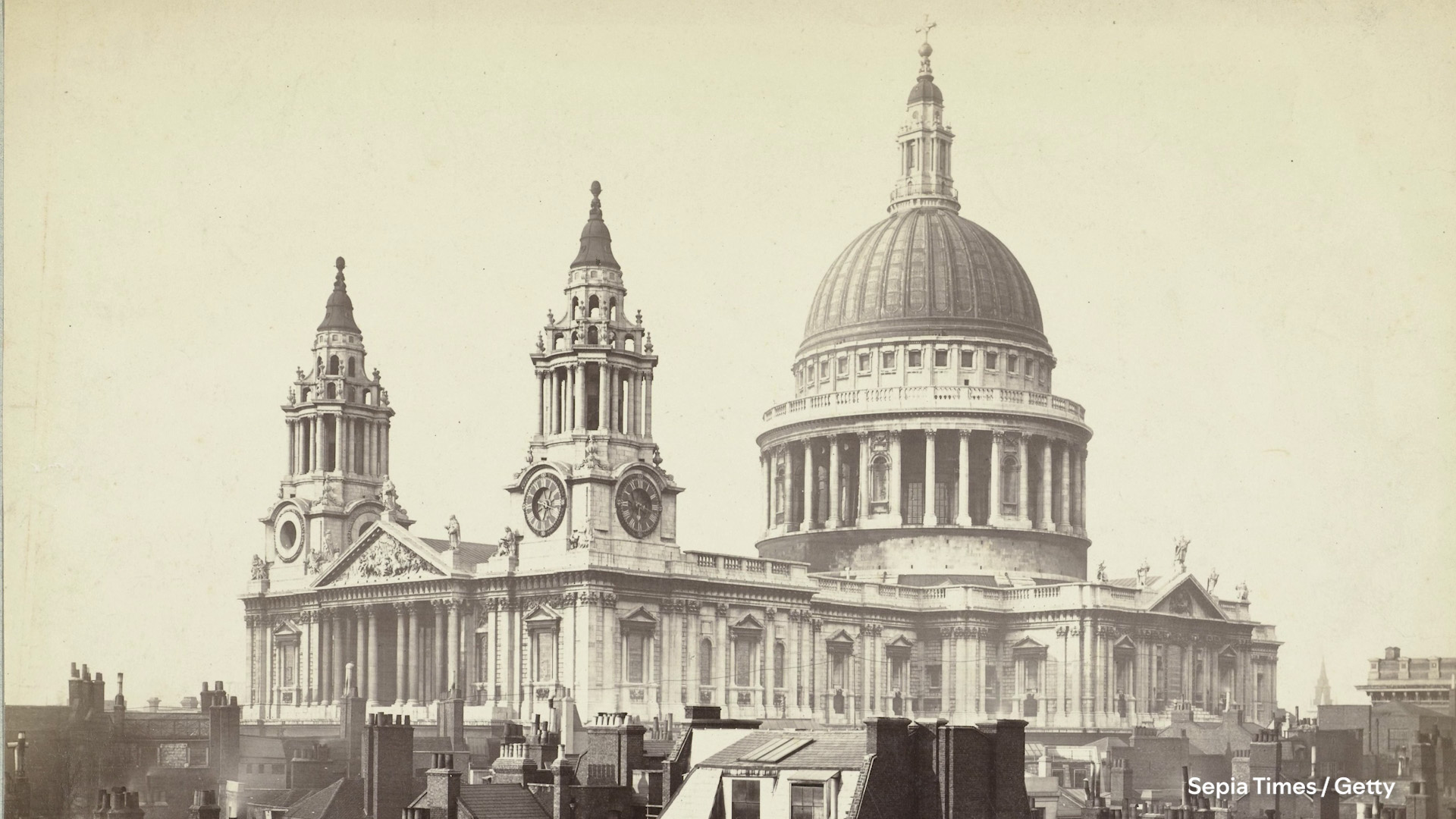
Spotify Studios
Balancing sincerity and style
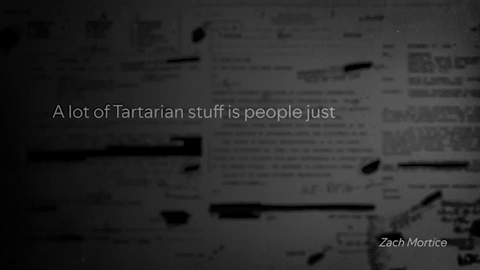
Spotify Studios
This episode also included interview clips with architecture writer Zach Mortice. His insights gave the episode itself a kind of architecture, grounding theory in historical context and lending structure to the story.
To mirror that tone, I leaned into a sound design that felt stately but playful: orchestral cues underscoring the grandeur of the buildings, with lighter, mischievous music accompanying more speculative turns. I wanted the episode to sound how the theory feels: thoughtful, a little tongue-in-cheek, and surprisingly moving.
Conspiracy Theories
By the Numbers
500+
Episodes
Built from the newspaper up
This episode tells the story of a supposed UFO crash in Aurora, Texas, in 1897 — a full 50 years before Roswell. It’s a strange and charming piece of frontier folklore, reported in a local newspaper with the same straight-faced seriousness used to cover the area’s declining commerce or a rogue mule.
Because the incident predates modern sci-fi and camera culture, I leaned on the language of period journalism. According to a reporter with a very dry sense of humor, the townspeople recovered the pilot’s body, named him Ned, and gave him a Christian burial. I tried to treat the material with the same balance of humor and curiosity it likely had when it first ran in print.
Written by Thomas Dolan-Gavitt
Edited by Chelsea Wood
Researched by Bradley Kline
Fact-Checked by Caragh McErlean
Video Edited & Sound Designed by Spencer Howard
Hosted by Carter Roy
The final frame
In a podcast built around mystery, discovery, and investigation, the addition of video presented an opportunity for revelation: images clarifying a theory, maps tracing a claim, faces reminding us what’s at stake.
The aim was always to deepen the viewer’s understanding while preserving the show’s voice.
